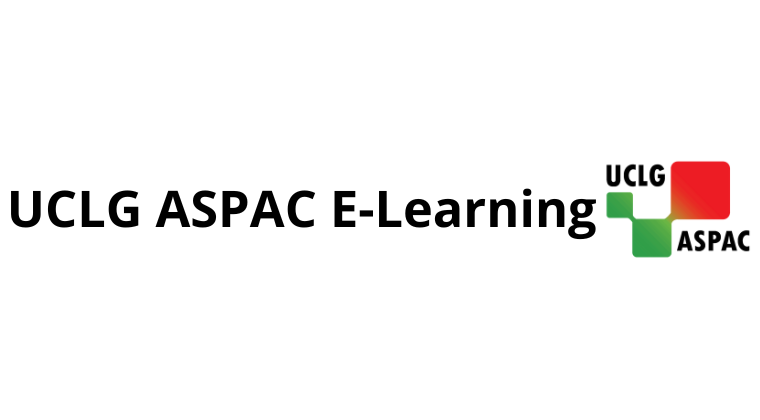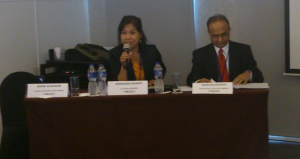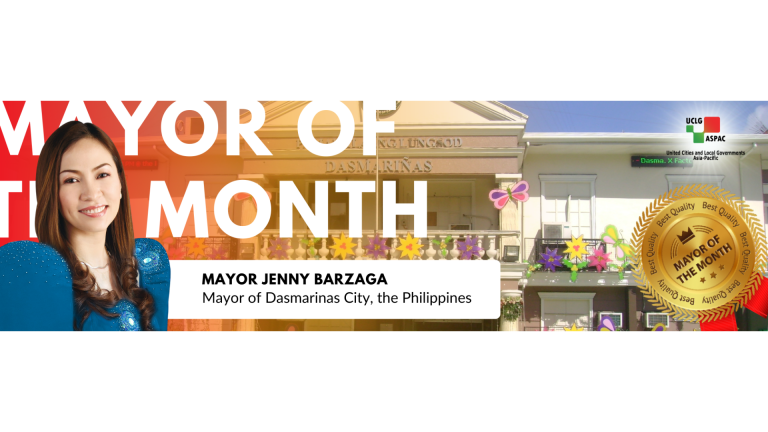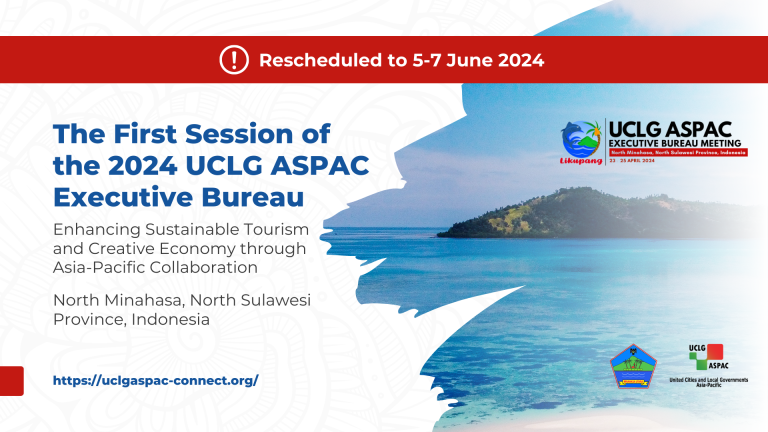AS a political process, decentralization has existed for decades. In Asia, a number of countries have some history of decentralization and democratization, while others have had little experience. Unfortunately, over the years, many reforms that followed decentralization failed to promote local development because they were not designed to do so. With decentralization has been done mostly top-down, local authorities are generally not well-prepared. This resulted in failures in the implementation of local programmes.
Rodriguez Bilbao Jorge, Quality Support Manager at DEVCO European Commission, emphasized how in some places, local policies were even “imported” from other countries, leading to a development disaster.
“So, it’s like doing a ‘copy and paste.’ Mimicking policies that were developed somewhere else, with no adaptation to local conditions, and by inadequate local institutions,” Jorge said during a seminar on Territorial Approaches to Local Development (TALD), recently held by the European Commission in Jakarta, Indonesia.
Adding to this is the fact that problems in the local development context are addressed only on a sectoral approach, while there are multi-dimensional elements that should adopt a multi-sectoral approach. For instance, the problem of food security should not be addressed only through the agricultural sector. Other factors like economic, social, cultural and physical that are strongly linked with the uniqueness of local conditions should also be taken into consideration.

This is where the Territorial Approach to Local Development (TALD) comes in as a paradigm shift in development that takes a holistic approach. TALD proposes a systemic method that maps the diversity of the local socio-economic dynamics, understands the root causes of local problems, assesses the diversity of response capacities to policy reforms, and eventually reduces the risk of policy failure.
Although the concept of territorial development is not new, there is still confusion on what it actually means and how it can be effectively supported. And when it comes to supporting the implementation of the Sustainable Development Goals (SDGs), it is important that local authorities truly understand the TALD framework. UCLG ASPAC Secretary General, Dr. Bernadia Irawati Tjandradewi, reminded that 60% of the 169 targets under SDGs have to do with local actors.
“This approach is going to be new if we want to use it for the SDGs. It should first be clear on how to differentiate TALD with other approaches so local governments won’t be confused,” she said when speaking at the seminar.
So, how is TALD different from other approaches? According to Leonardo Romeo, Adjunct Professor of International Development Planning at New York University, TALD provides the key ingredients to translate decentralisation reforms into development outcomes. He defines TALD as a “national policy that promotes endogenous, integrated, multi-scalar and incremental local development”.
‘Endogenous,’ because local authorities are given the autonomy to reach out to a range of other local actors to make the most of existing political and institutional resources. ‘Integrated,’ because of the need to coordinate the work of state agencies, local governments, civil society and the private sector in a given territory (thus avoiding sectoral fragmentation of development interventions). ‘Multi-scalar,’ meaning there must be mechanisms to allow for cooperation between those implementing national and local policies. And ‘incremental,’ because local authorities do not just improve the national development agenda, but also bring to bear the additional resources.
In other words, as a policy framework, TALD promotes inclusive decision-making and empowers local populations through their formal and informal organizations and networks. It stresses the importance of negotiation, consensus-building and conflict resolution placing the focus on intangible factors (human capital and knowledge) and on relational and network factors (cooperation, partnerships, local culture, local vocations, communication networks, etc.), by involving partners and stakeholders in determining the strengths and weaknesses of their location, as well as the opportunities for development.
Under this framework, the primary responsibility for planning, financing and managing local development falls to local authorities. For Prof. Romeo, this clearly implies that “local development planning is not the localisation of the national plan.”











